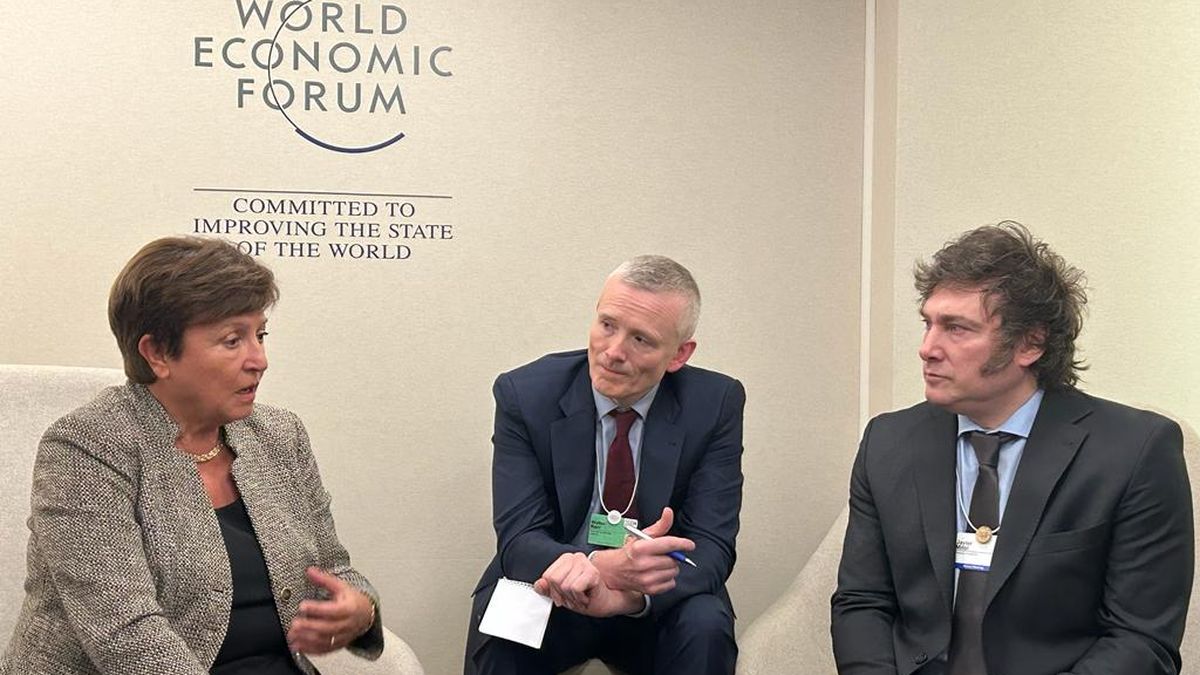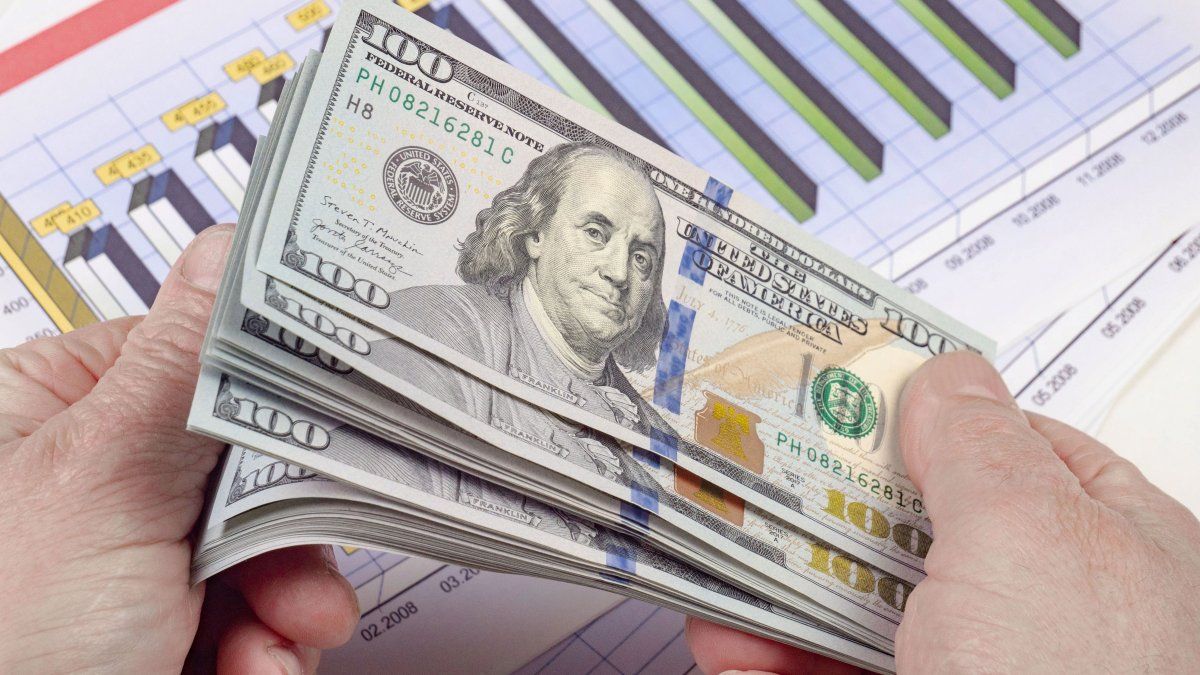The Minister of EconomyLuis Caputo, and the president of the Central Bank, Santiago Bausili are about to meet one of the first goals agreed with the International Monetary Fund (IMF) in January when the organization’s mission visited Buenos Aires. It is estimated that between the remainder of the short week and the next, the US$6 billion of accumulated reserves committed by the end of March.
Data from the Central Bank show that since the beginning of the current administration of President Javier Milei, international reserves have been added for US$5,492 million. They started with US$21,017 million on December 11, 2023 and closed at US$26,509 last Friday, February 9, according to the latest official data.
The goal of the first quarter of the year It is an intermediate step until closing 2024 with a total of US$10,000 million, as part of the commitments assumed with the organization led by Kristalina Georgieva. Meeting the first goal before the deadline will give a space of greater confidence to the adjustment plan led by Caputo.
In the market they consider that “the objective is perfectly achievable”but in reality, what is now beginning to be looked at among operators is the unification of the different exchange rates.
That look is transferred to some point in the second semester and the doubts that remain have to do with what If there will be a new devaluation jump to meet that objective. The operators consulted consider that the fulfillment of the first goal will be good news to reassure the markets.
Meanwhile, the objective of the financial institution is to continue buying dollars in the market. One element to take into account is that now will have competition from importing companies. A first part of foreign purchases, equivalent to 25%, already have unrestricted access to the Single and Free Exchange Market.
In the same way The government authorized some 10,000 SMEs to cancel debts from last year less than US$500,000. For now, until March 10, up to US$50,000 is allowed, then it will be US$100,000 and the rest from April. Up to this point, the BCRA was the only buyer.
In the market it is believed that all This greater demand for dollars will be reflected in the liquidation of the heavy harvest.. Although some assume that the government could try to stimulate liquidation through a change in the export blend (80% MULC 20% CCL), others see that this would not serve the government. If it were modified to 70/30, the government would receive fewer dollars. So the option would be to play with taxes. A reduction in withholdings, it could be.
The consultant Salvador Di Stéfano states, however, that the Central Bank’s reserves stood at US$ 27,642 million as of January 31, with a growth of 28%. from its floor of US$21,513 million in November. In that period, US$6,129 million were recovered, butor the Central Bank borrowed US$5,000 million in Bopreal. “Genuinely, reserves have grown very little, and the debt with importers is still important,” considers the consultant.
On the other hand, it must be taken into account that the few dollars that exist will also have to address other fronts. In February, in addition to the US$781 million in interest that was paid to the IMF, there are another US$77 million to organizations international and bilateral loans according to data from the Congressional Budget Office (OPC). In 2024, most of the payments in foreign currency correspond to the IMF for a total equivalent to US$7,463 million. The last loan amortization payment for the stand-by agreement is in July.
Source: Ambito




